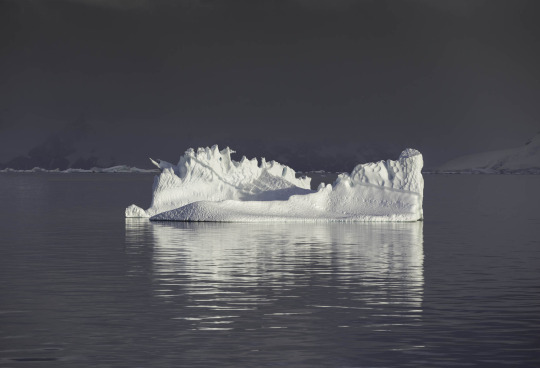OK…. the first thing I do when I look at one of my images is to remind myself that I am looking at dots on paper or pixels on a screen. I try to wipe my memory and expectations of my image…and just look objectively at only what is in front of me…as if it was for the first time.
I started myself with a skeleton of a list..my ‘training wheels’ …to teach me how to examine what I saw and observed my responses to the question “What happens when I…. ” change or play with any of the elements.
I also learned that I could use the same set of skeleton outline when in an environment in which I was taking photographs; as well as with other’s work when I was asked for my opinion.
I developed a list which helped train me to learn to interact with an image and to hear what it is saying. I learned to let the thoughts flow through my mind and quickly wrote notes in very brief form…. and then I developed the ability to ask more questions …and wrote more thoughts down. Through this process I am able to make myself more aware and available to hear what an image is saying.
Here is my list… and depending on the image or place I am photographing, some will have more relevance than others…. and I will spend more time and awareness on some more than others….. but these elements below have been a good guideline and place to start when I want to determine whether an image ‘works’ for me or not.
How I HEAR what an image is saying; 11 ways.
1. Observe my inital feeling or emotion as I view the image. What is my general sense of how I feel or respond to the image?
2. Examine the quality of light… and the feeling that the tonality of light gives.
3. Examine more precisely individual elements of the image or scene in relation to composition using the following elements and comparisons;
warmer/cooler; darker/lighter ; nearer/further; softer/sharper
4. Examine the interaction between different elements of an image. Look at the structure – the structural composition – lines; shapes; colour; contrast and tone etc… and examine the relationship between them.
5. Observe the path of where my eye flows.
6. Observe whether I am ‘done’ with an image… or whether I would be still looking at the image if I wasn’t doing it for a specific exercise for myself. Ask myself what interests me….and what doesn’t… or what I didn’t even notice until I spent longer looking around.
7. Ask myself if I want more?? More of what??? (more/less light; more/less contrast; narrative; more/lesscolour; sharpeness; tension…. etc)
8. Examine the impact the size the print has on me. What size would I print it?
9. What is the narrative of the image? Is there a ‘hidden’ meaning which is implied/suggested? Have I connected with a ‘message‘. What is my ‘message’ and response to the image?
10. Observe whether my response is from my own memory that I am drawing from…or am I endeavouring to be objective about the dots on the paper or pixels on the screen?
11. What has observing the image revealed to me about myself? What have I learned about myself after looking at the image..or viewing a scene in preparaton for taking a photograph?
THEN – I play with all the above elements… and ask myself “WHAT HAPPENS WHEN I …..” … make this brighter…. make this warmer…. increase the contrast…… move to this location to eliminate that feature…. etc…. and then go through each of the elements above AGAIN..with the new perameters set when I have changed and played with the elements.
Have fun! 🙂

Sorry, the comment form is closed at this time.